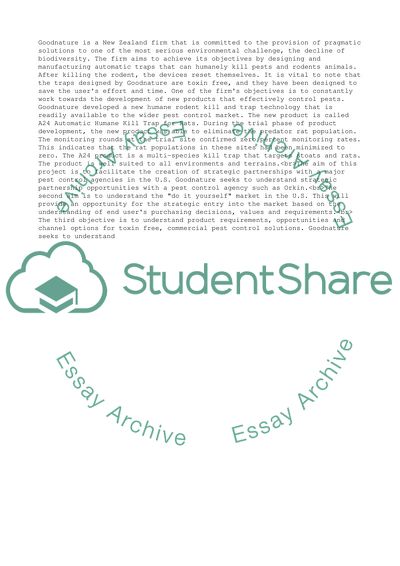Cite this document
(International Business Opportunity Development Essay, n.d.)
International Business Opportunity Development Essay. https://studentshare.org/business/1812020-international-business-opportunity-development
International Business Opportunity Development Essay. https://studentshare.org/business/1812020-international-business-opportunity-development
(International Business Opportunity Development Essay)
International Business Opportunity Development Essay. https://studentshare.org/business/1812020-international-business-opportunity-development.
International Business Opportunity Development Essay. https://studentshare.org/business/1812020-international-business-opportunity-development.
“International Business Opportunity Development Essay”. https://studentshare.org/business/1812020-international-business-opportunity-development.


